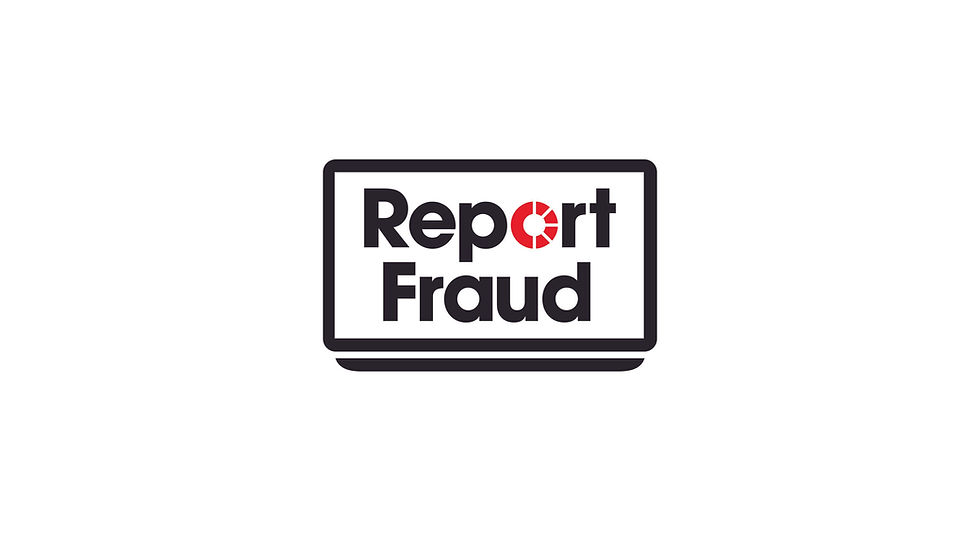Introduction to Active Cyber Defence
- emsoucyberprotect
- Jul 14, 2023
- 3 min read
Updated: Aug 17, 2023
In an increasingly interconnected world, the threat landscape for cyber-attacks continues to evolve. As technology advances, so do the tactics employed by cybercriminals seeking to exploit vulnerabilities and compromise sensitive information. To counter these threats, organizations and governments are implementing proactive strategies known as Active Cyber Defence (ACD). The National Cyber Security Centre (NCSC) of the United Kingdom has taken a leading role in developing and promoting ACD measures. Lets explore the active cyber defence measures available from the NCSC and their significance in protecting against cyber threats.
Active Cyber Defence represents a shift from the traditional reactive approach to cybersecurity. Instead of waiting for attacks to occur and responding after the fact, ACD focuses on actively identifying and mitigating threats in real-time. By deploying a range of measures, organizations can significantly reduce the likelihood and impact of successful cyber-attacks.
DMARC (Domain-based Message Authentication, Reporting & Conformance)
DMARC is an email authentication protocol that allows organizations to protect their domains from email spoofing and phishing attacks. By implementing DMARC, organizations can ensure that only authorized senders can use their domain for email communication. DMARC also provides reporting and conformance capabilities, enabling organizations to monitor and enforce email security policies effectively.
Web Check
Web Check is an online scanning service provided by the NCSC. It helps organizations identify vulnerabilities in their websites and web applications by scanning for common security weaknesses. This service enables businesses to proactively address potential security gaps and reduce the risk of successful cyber-attacks.
Public Sector DNS Service
The Public Sector DNS Service aims to protect government websites from cyber threats by preventing users from accessing known malicious domains. By utilizing this service, government organizations can reduce the risk of their networks being compromised by blocking connections to malicious infrastructure and protecting users from inadvertently accessing harmful websites.
Takedown Service
The Takedown Service is an initiative led by the NCSC to disrupt and remove malicious websites. By collaborating with various stakeholders, including internet service providers (ISPs) and domain registrars, the NCSC works to shut down websites used for phishing, malware distribution, and other illicit activities. This proactive measure helps to protect individuals and organizations from falling victim to cybercriminals.
Protective DNS
Protective DNS is a service provided by the NCSC that helps organizations prevent their systems from connecting to malicious infrastructure. By using Protective DNS, organizations can block access to known malicious domains, reducing the risk of systems becoming compromised. This service provides an additional layer of defence against malware infections and phishing attacks.
Cyber Security Information Sharing Partnership (CiSP)
The Cyber Security Information Sharing Partnership is a platform that allows organizations to share cyber threat information and collaborate with peers, industry experts, and government agencies. By participating in CiSP, organizations gain access to valuable threat intelligence, enabling them to strengthen their defences against emerging cyber threats.
Active Cyber Defence measures offered by the NCSC provide organizations with powerful tools to enhance their cybersecurity posture. By adopting proactive strategies, such as DMARC, Web Check, Protective DNS, and participating in information sharing initiatives like CiSP, organizations can significantly reduce their vulnerability to cyber-attacks. It is crucial for businesses and governments alike to stay vigilant, adapt to evolving threats, and leverage active cyber defence measures to safeguard their critical assets and information in today's rapidly evolving digital landscape.
To find out more visit: https://www.ncsc.gov.uk/section/active-cyber-defence/services




Comments